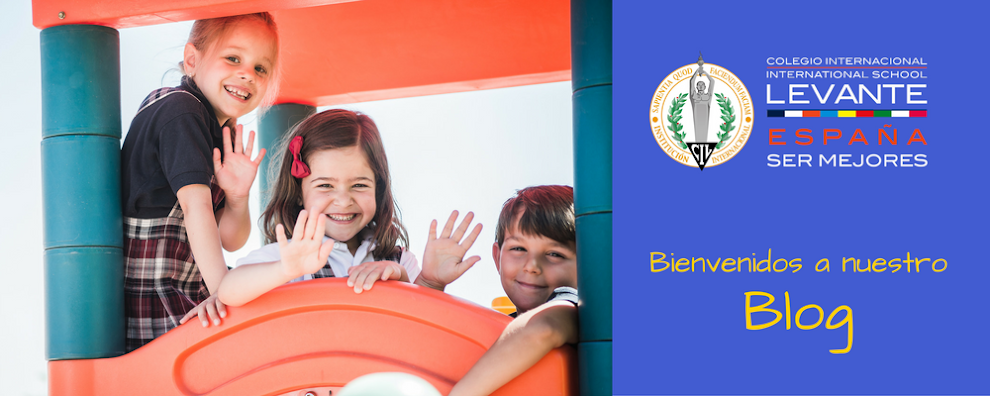En la sociedad actual en la que los niños están atendidos en todas sus necesidades, es difícil ver que, a veces, nos olvidamos de ciertos valores y aprendizajes los cuales derivan del contacto con la naturaleza.

Ya sea observándolos o conviviendo con ellos, los animales nos enseñan mucho sobre nuestro entorno y sobre nosotros mismos, pues nos exigen pensar y mirar por otro. Paciencia, amor, respeto, responsabilidad, empatía... son solo algunos de los valores que consiguen activar, tanto en niños como adultos, y que tan necesarios son en la sociedad en la que vivimos.
A continuación, nos gustaría hacer un pequeño repaso de algunos de los beneficios que nos aporta el contacto con los animales:
Responsabilidad: Alimentarlos, asearlos, enseñarles rutinas, observarlos cuando se relacionan con el entorno... en definitiva, ser parte de su vida y comprender que se trata de un ser vivo que depende de nuestros cuidados y de nuestro cariño.
Expresar emociones: Preocuparse por ellos, tratarlos con delicadeza, acariciarlos... Tener un animal que forme parte de nuestra familia ayuda a los niños a ser más empáticos y a expresarse con mayor libertad. También aprenden a entregar el afecto, a desarrollar la paciencia y el respeto por la naturaleza. Consecuentemente, esto les ayudará en su desarrollo cognitivo y social. Además, un animal de compañía ayuda a los niños pequeños a desarrollar las reglas no verbales, los signos y a comunicarse cuando todavía no saben ni hablar.
Socialización: Ayuda a los niños a desarrollar conductas positivas, como el respeto por los demás, la confianza en sí mismo y en los demás, lo que trae como resultado una mayor interacción con sus iguales.
Conocimiento del ciclo vital: La convivencia con un animal
ayuda a los niños a entender mejor los procesos de la vida: reproducción, alimentación, desarrollo y también proceso de la muerte como parte de la propia existencia.
Por todo ello, en el Colegio Internacional de Levante nos sentimos orgullosos de contar con nuestro Minizoo, un espacio en el que nuestros alumnos pueden disfrutar del contacto directo con los animales, interactuando con ellos en diferentes ámbitos, los cuales van desde el juego hasta el cuidado.
Así, fomentamos los valores mencionados anteriormente y construimos una educación integral, no solo preocupada por los conocimientos sino también por la inteligencia emocional y los valores sociales y personales.
Aquí os dejamos una muestra de nuestro día a día en el Minizoo del Colegio Internacional de Levante. Esperamos que lo disfrutéis tanto como nosotros lo hacemos cada día.
Isabel Marín
Responsable del Minizoo Escolar























